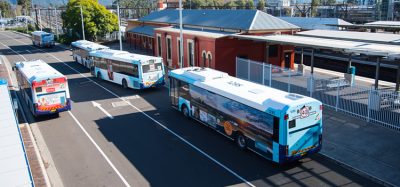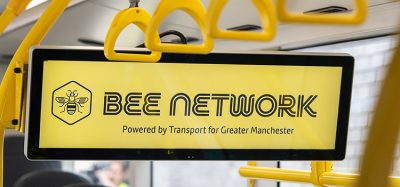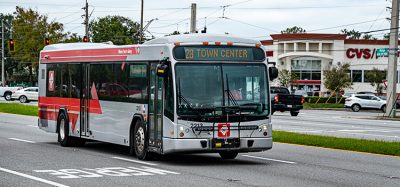TfL tests new signalling on the London Underground
- Like
- Digg
- Del
- Tumblr
- VKontakte
- Buffer
- Love This
- Odnoklassniki
- Meneame
- Blogger
- Amazon
- Yahoo Mail
- Gmail
- AOL
- Newsvine
- HackerNews
- Evernote
- MySpace
- Mail.ru
- Viadeo
- Line
- Comments
- Yummly
- SMS
- Viber
- Telegram
- Subscribe
- Skype
- Facebook Messenger
- Kakao
- LiveJournal
- Yammer
- Edgar
- Fintel
- Mix
- Instapaper
- Copy Link
Posted: 19 October 2017 | Intelligent Transport | No comments yet
Multiple test trains using London Underground’s brand-new signalling system have been run for the first time.


The new computer-based signalling and control system from Thales will allow London Underground trains to run closer together, meaning a more frequent service, shorter waiting times and a massive boost in capacity for Circle, District, Hammersmith & City and Metropolitan lines.
“This is a fantastic step forward in the vital programme to modernise nearly half of the Tube network,” said Mark Wild, the Managing Director of London Underground. “The new signalling system will provide our customers with more frequent trains and quicker journeys, as well as improving reliability and improving customer information. We are making improvements for our customers all over the network and this programme represents a hugely significant part of that work.”
The first section of the network to use the signalling system will go live next year, ensuring greater reliability by reducing the number of signalling problems and as well as improving the accuracy on real-time information on these systems.
Services will begin to increase in frequency from 2021, when the operating system is used on more of the network, and all four lines will be using the system by 2023.
“This is a significant milestone for us to achieve on this critical upgrade for London,” added Shaun Jones, Vice-President, Transport at Thales in the UK. “We have demonstrated that our state-of-the-art radio communications technology will deliver better, more reliable journeys on 40 per cent of the network, creating a world-class transport system for our capital city.”
This capacity increase (up to 33 per cent across all four lines) will improve the whole sub-surface network, which makes up 40 per cent of the Underground network and the modernisation will also mean that Night Tube services can be introduced on these lines in the future.
The next testing phase will begin in December, with installation work continuing throughout the year.
Related modes
Metro
Related cities
London
Related organisations
Transport for London (TfL)
Related people
Mark Wild, Shaun Jones








